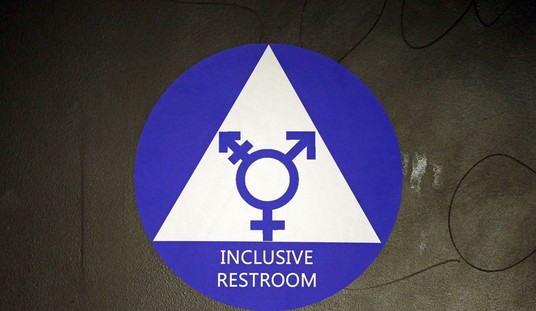In a study released this week, the Centers for Disease Control and Prevention (CDC) reports record declines in the rates of teen pregnancies and abortions. The drop in teenage pregnancy rates continues a long trend: the decline of 38 percent is a fall from an all-time high in 1990 to an historic low in 2004. Significantly, the CDC, the nation’s largest public health agency, stated that their report is the most comprehensive study of this decade.
Teen pregnancies were only 12 percent of the total pregnancies in 2004, down from 15 percent in 1990. Teen abortions were at a historical high in 1990 at 1.61 million, but had declined by 24 percent (1.22 million) by 2004. Another way of looking at the data is to note that among 15- to 44-year-old women, abortions per 1,000 women declined from 30 per thousand in 1990 to only 19.7 per thousand in 2004.
Clearly, the only thing that has changed in the years under review is the increase in schools offering abstinence education. Contraception, especially the condom, is readily available, but that’s nothing new; that availability has remained constant during the period of the decline. Over the past decade, though, abstinence programs have become far more widespread. In addition, they have been increasingly more effective as more money has been available to test the programs and provide research about best practices in teaching abstinence. The programs focus on increasing teen self-esteem and teaching delayed gratification, how to say “no” effectively, how to resist peer pressure, and how to plan and achieve goals for the future. Such programs provide legitimate means of teen empowerment.
Further, teens have access now to all the technological evidence, via high definition sonograms, that the babe in the womb is really a pre-born child with fingernails and sucking a thumb. These views of the baby inside the womb are having a profound impact on the future generation of mothers and fathers; they understand the seriousness of abortion — that it truly does kill an infant.
Recommended
Equally important, today’s teens have seen broken relationships up close and ugly; they’ve seen friends used and discarded. They want more; they want a future and hope for those things that now seem possible for everyone.
The culture is changing for the better.
Unsurprisingly, the battle is not over yet. The left is still behind the times and is still arguing the same old talking points. The Guttmacher Institute headed their press release about the decline in teen pregnancy and abortion with the improbable claim: Improved Contraceptive Use a Key Factor. We are supposed to believe that suddenly teens have become consistent and reliable about using a condom. In fact, an earlier analysis by Guttmacher reported that 86 percent of the decline in teen pregnancy between 1995 and 2002 was due to more teens using contraception and using it more effectively. Apparently unaware that they seemed to be trying to have it both ways, Guttmacher complained that “the proportion of U.S. teens receiving any formal instruction about birth control methods has declined sharply.” Most of their press release promoted the “need” for comprehensive sex education instead of abstinence programs for teens. Further, they cited the need for increased funding for comprehensive sex education and recommended cutting all funding for abstinence (even though current funding shows an untenable disparity — $12 in comprehensive sex education funding for every $1 in abstinence education.) They want it all, even though their programs have proven ineffective.
There is still much to be done in changing attitudes and promoting the well-being of America’s young people, but teen sexual activity is down, teen pregnancies are down and teen abortions are down. That is great news from the cultural battle fields.
Over the past decade, we have offered our nation’s teens a bright future and expected the best from them. Not surprisingly, they have met the challenge and are seizing the opportunities to grasp all the possibilities available to their generation. Our national leadership needs to continue to keep faith with them by supporting abstinence education as clearly the best choice for their current and future well-being.

























Join the conversation as a VIP Member